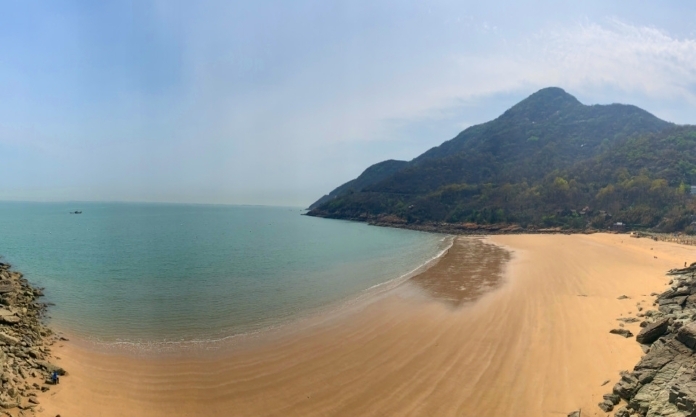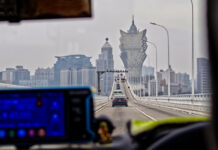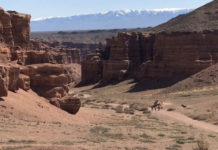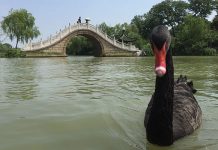China may not be known for pristine beaches in the same way that the Caribbean or other parts of southeast Asia are. But that doesn’t mean they don’t exist. And we’re not talking about Qingdao where the grains of sand are well known to be outnumbered by people.
No. We’re talking about Lianyungang, the furthermost northeastern city in Jiangsu.
But before we get to the beaches, Lianyungang has a back story to tell us.
And it’s one that will be of interest to many, particularly those in the fields of foreign trade and international logistics.
The north-eastern Jiangsu city of Lianyungang derives its name from Lian Island, the largest island in Jiangsu and Yuntai Mountain, the highest in the province. Sitting just off the coast, the Island also provides for a large natural harbour, now developed into one of China’s largest ports; “gang” means “port” in Chinese. Lianyungang is also the eastern terminus of the New Eurasian Land Bridge, sending freight trains off to Europe on an-almost daily basis.
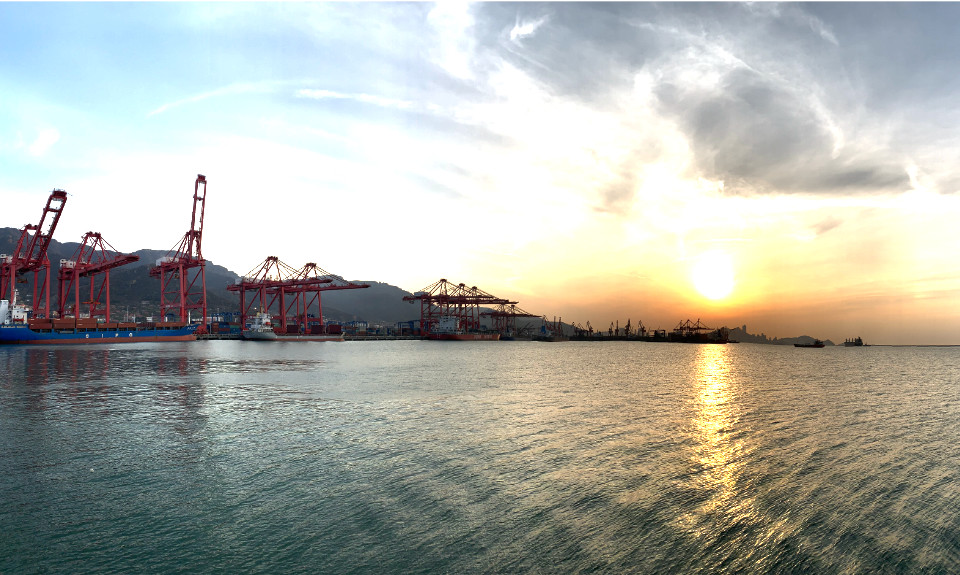
In addition, Lianyungang marks the northern end of a canal network on the Yunyan River, which is in turn linked to the almost never ending salt plains spanning the coastal districts of Jiangsu.
Lianyungang was founded as Haizhou in 549 CE as a centre for salt production, just as with other towns and cities along the coast. Coming administratively under Huai’an City in the very centre of Jiangsu, Lianyungang broke away to become a de facto city in its own right in 1726.
As a shipping route, Lianyungang opened to foreign trade in 1905. Agricultural produce soon joined the salt being shipped out to further afield cities such as Shanghai and Qingdao.
Today’s links by train between Lianyunggang and Europe have their beginnings in 1933, when the 1,759 kilometre-long line joining Lianyunggang and Lanzhou, capital of Gansu, was extended to reach the coast.
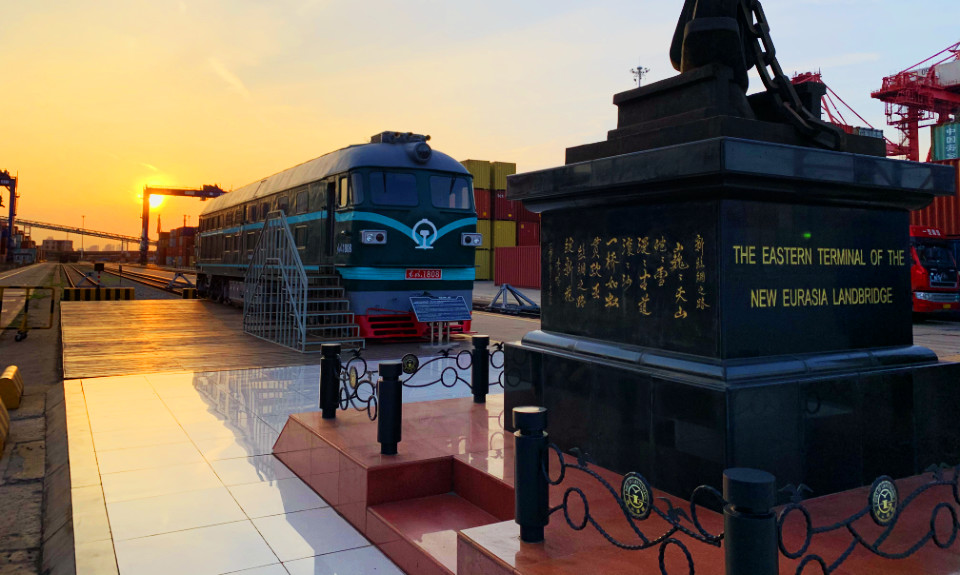
Construction of the port-rail facility was to follow, headed up by a Dutch company. Finally, in 1949, with the founding of the People’s Republic of China, several river ports were merged and the port we know now today was born.
From those wharfs, it’s finally time for us to head to the beaches. Off these sandy escapes, the waves are high enough to provide for fun swimming, but not so high so as to have a potentially dangerous undertow. Being relatively thick, the sand grains also do not cling to the body or become impossible to remove from clothing.
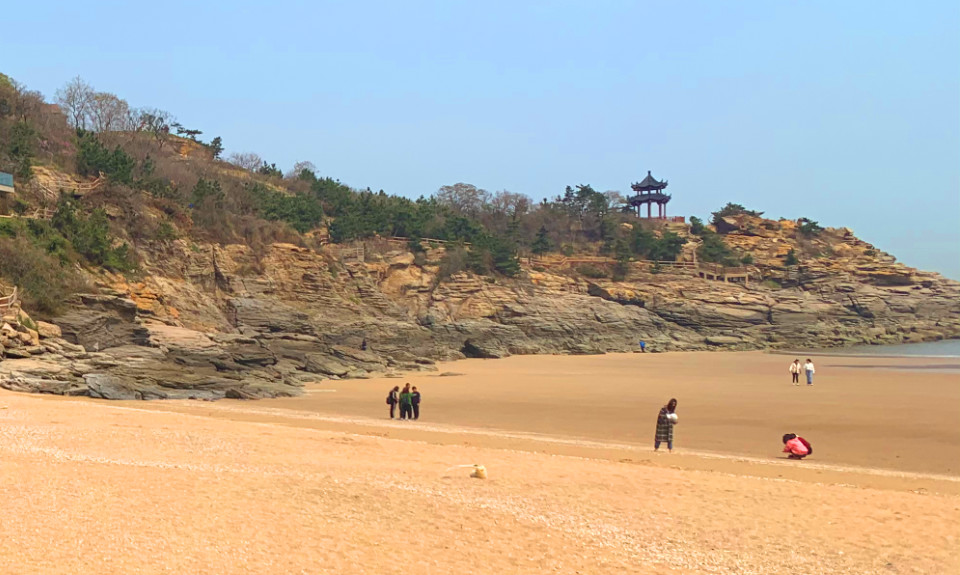
So full marks so far, but we are nevertheless still in China. And that means people. And lots of them. How to escape the crowds?
By eschewing the public beaches which are the first and only stop for many.
Better to make the effort and head to a private beach in the Sumawan Eco-reserve. A 45-minute walk shall take us along a boardwalk between the coast and the rocks rising above until we stand on a cliff looking down upon the beach.
Witness a perfect arrangement of sea, sand, land and sky; the gentle crescent of yellow juxtaposed between a deep blue sea and the green mountains cradling the scene above.


